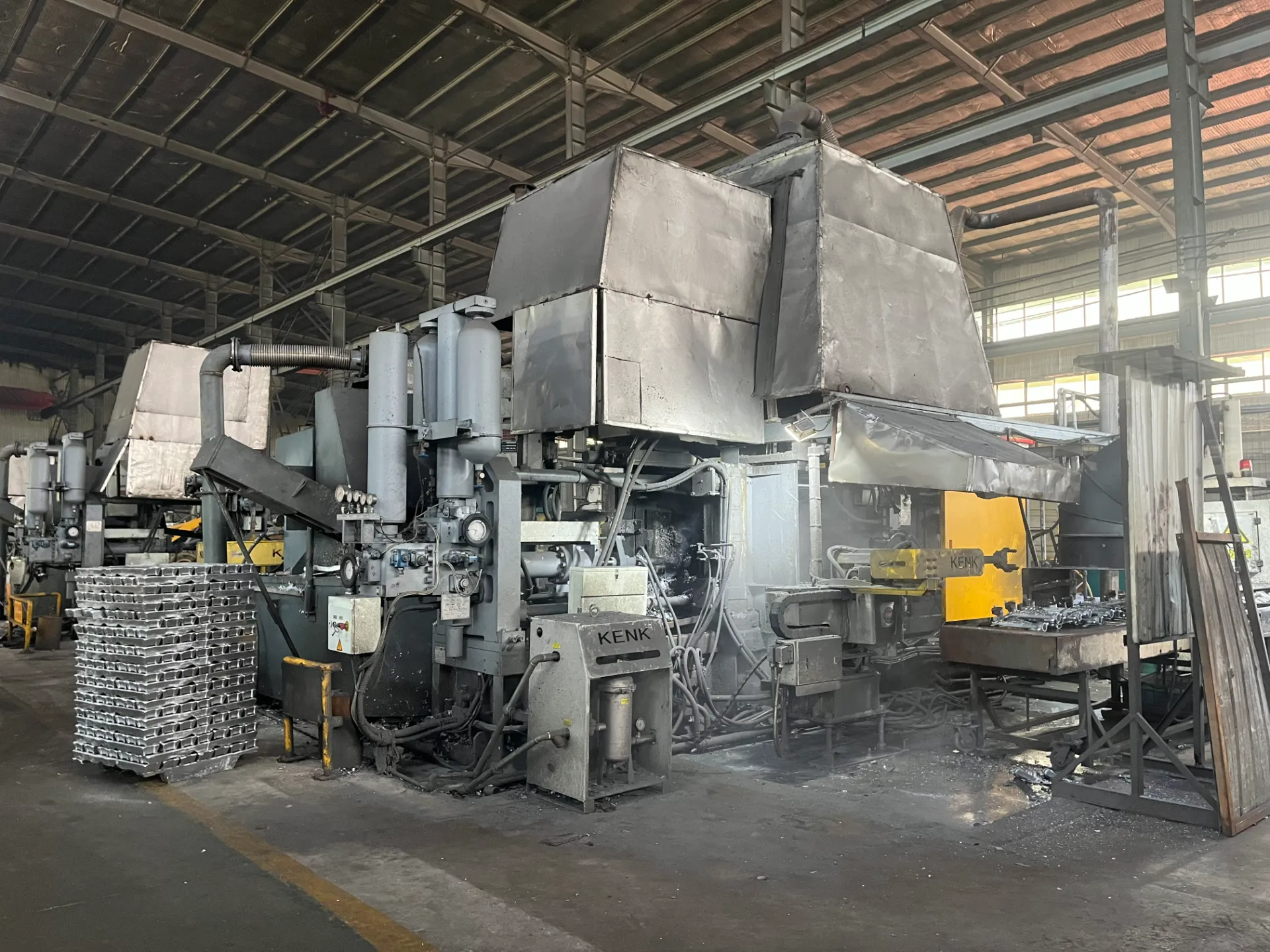- Phone: +86 132 8320 1810
- Email: annie@wrkgroup.ltd
-
- Afrikaans
- Albanian
- Amharic
- Arabic
- Armenian
- Azerbaijani
- Basque
- Belarusian
- Bengali
- Bosnian
- Bulgarian
- Catalan
- Cebuano
- China
- China (Taiwan)
- Corsican
- Croatian
- Czech
- Danish
- Dutch
- English
- Esperanto
- Estonian
- Finnish
- French
- Frisian
- Galician
- Georgian
- German
- Greek
- Gujarati
- Haitian Creole
- hausa
- hawaiian
- Hebrew
- Hindi
- Miao
- Indonesian
- Italian
- Japanese
- Javanese
- Malay
- Persian
- Portuguese
- Punjabi
- Russian
- Spanish
- Swahili
- Telugu
- Vietnamese
Shk . 01, 2025 03:19 Back To List
parts of scaffolding system
Scaffolding systems are indispensable in various construction and maintenance projects, providing a secure platform for workers to perform tasks at elevated heights. An effective scaffolding system is comprised of several key components, each playing a crucial role in ensuring safety, stability, and efficiency. Understanding these parts enhances not only the selection process for professionals but also the functionality and innovation in scaffold design.
6. Base Plates and Sole Boards Essential for distributing the structure’s weight, base plates and sole boards offer a stable base, especially on uneven terrain. Base plates affixed to the bottom of standards prevent sinking and provide a level ground upon which the scaffolding stands. In softer soil or irregular surfaces, sole boards are used underneath base plates to distribute weight more evenly and reduce the pressure on the ground. 7. Bracing To prevent swaying and maintain rigidity, diagonal braces are employed, enhancing the stability of the structure. They counterbalance environmental forces such as wind and the dynamic movements of workers, ensuring the framework remains secure even in challenging conditions. Effective bracing is vital for high scaffolding constructions or in areas prone to adverse weather. 8. Guardrails and Toeboards Safety measures are paramount in scaffolding systems. Guardrails are installed to prevent falls from the sides, while toeboards, fixed at platform edges, keep tools, materials, and debris from falling over. These components are crucial for protecting workers and bystanders, ensuring compliance with safety regulations. 9. Access Points Ladders or staircases are incorporated into scaffolding systems to allow workers to ascend and descend safely. The design and positioning of these access points must prioritize ease of use while preventing obstruction within the scaffolding structure. Proper access facilitates efficient workflow and enhances overall safety. 10. Adjustable Base Jacks Often utilized when the ground is uneven, adjustable base jacks allow for the leveling of the standards, ensuring a straight and even scaffold no matter the surface irregularity. They provide flexibility and ease of adjustment, catering to diverse site-specific challenges. In sum, understanding the various parts of a scaffolding system empowers those in construction and related fields to build safer, more effective structures. The continual evolution of scaffolding technology demands that professionals stay informed about innovations and best practices. This knowledge enhances not just operational efficiency but also contributes to a safer working environment, aligning with global standards and safety regulations. The depth of expertise in choosing and assembling these components directly reflects the reliability and performance of the scaffolding system, affirming its foundational role in modern construction endeavors.


6. Base Plates and Sole Boards Essential for distributing the structure’s weight, base plates and sole boards offer a stable base, especially on uneven terrain. Base plates affixed to the bottom of standards prevent sinking and provide a level ground upon which the scaffolding stands. In softer soil or irregular surfaces, sole boards are used underneath base plates to distribute weight more evenly and reduce the pressure on the ground. 7. Bracing To prevent swaying and maintain rigidity, diagonal braces are employed, enhancing the stability of the structure. They counterbalance environmental forces such as wind and the dynamic movements of workers, ensuring the framework remains secure even in challenging conditions. Effective bracing is vital for high scaffolding constructions or in areas prone to adverse weather. 8. Guardrails and Toeboards Safety measures are paramount in scaffolding systems. Guardrails are installed to prevent falls from the sides, while toeboards, fixed at platform edges, keep tools, materials, and debris from falling over. These components are crucial for protecting workers and bystanders, ensuring compliance with safety regulations. 9. Access Points Ladders or staircases are incorporated into scaffolding systems to allow workers to ascend and descend safely. The design and positioning of these access points must prioritize ease of use while preventing obstruction within the scaffolding structure. Proper access facilitates efficient workflow and enhances overall safety. 10. Adjustable Base Jacks Often utilized when the ground is uneven, adjustable base jacks allow for the leveling of the standards, ensuring a straight and even scaffold no matter the surface irregularity. They provide flexibility and ease of adjustment, catering to diverse site-specific challenges. In sum, understanding the various parts of a scaffolding system empowers those in construction and related fields to build safer, more effective structures. The continual evolution of scaffolding technology demands that professionals stay informed about innovations and best practices. This knowledge enhances not just operational efficiency but also contributes to a safer working environment, aligning with global standards and safety regulations. The depth of expertise in choosing and assembling these components directly reflects the reliability and performance of the scaffolding system, affirming its foundational role in modern construction endeavors.
Prev:
Latest News
-
High-Quality Roofing Materials for Durable Building SolutionsNewsJul.30,2025
-
High-Quality Scaffolding Pins for Sale – Durable & Secure Scaffold Toggle PinsNewsJul.30,2025
-
High-Quality Scaffold Coupling Pins for Secure ConnectionsNewsJul.29,2025
-
High-Quality Formwork Clamp for Concrete Construction, Durable & Easy to UseNewsJul.29,2025
-
High-Quality Prop Nut for Boats – Durable Propeller Nut with HandleNewsJul.29,2025
-
High-Quality Scaffolding Joint Pin for Secure ConnectionsNewsJul.28,2025
Products categories











